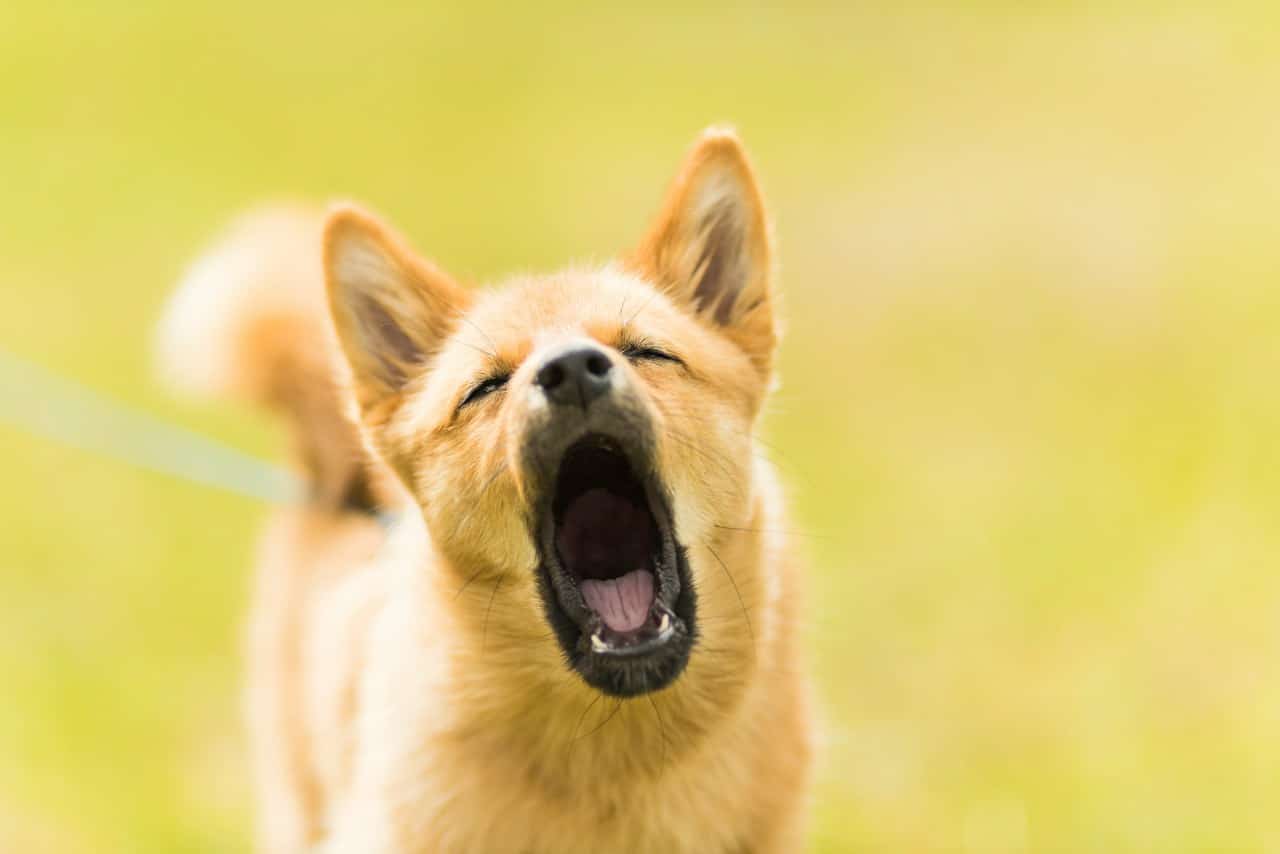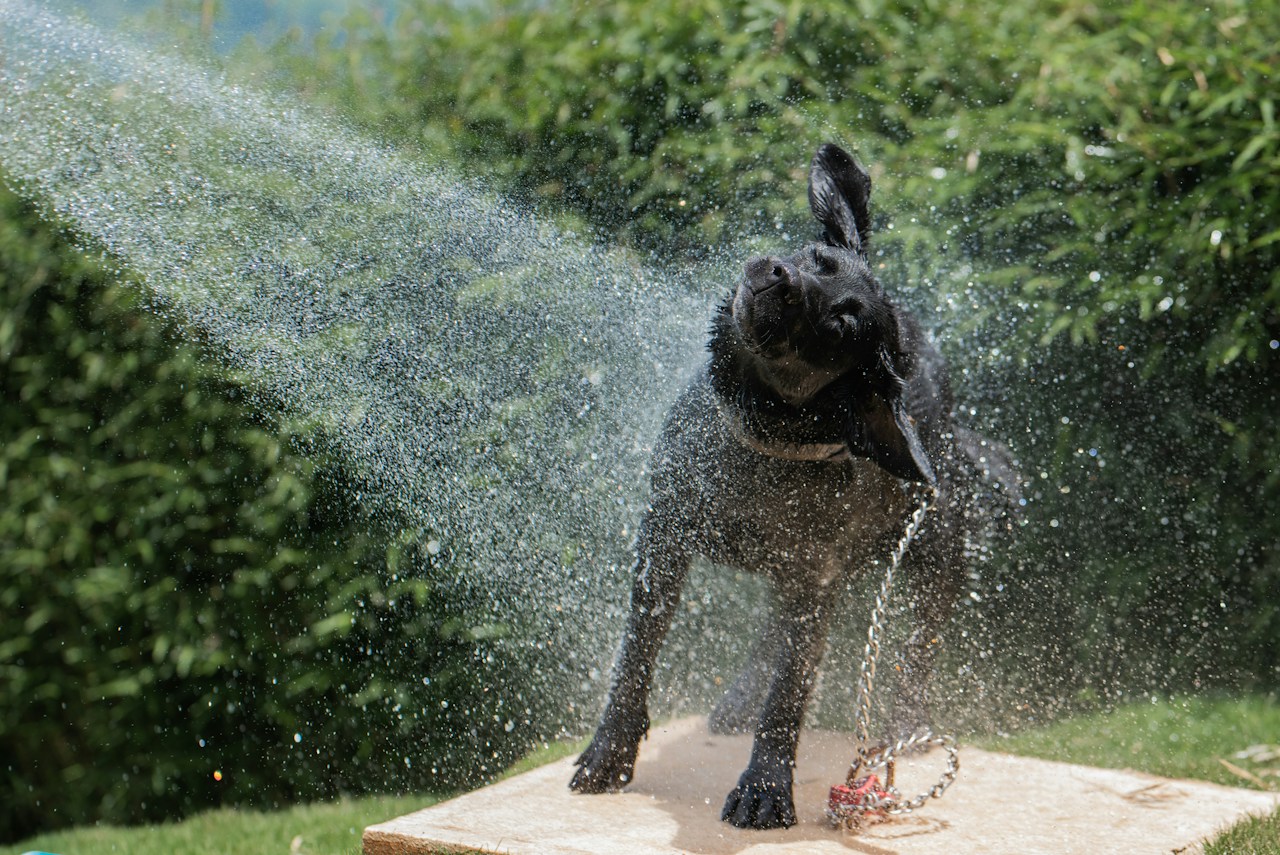How to clean dogs’ ears? One of the most sensitive and prone to getting dirty is our dog’s ears, so we must pay special attention to them to avoid possible otitis.
Sure you know several ways to clean a dog’s ears, but … Which is the correct way or which is discouraged? We must avoid damaging the inner ear of our dog, so it is worth taking the next minute to read this article.
Read also: Can dogs eat zucchini? Benefits of zucchini for dogs
When should i clean my dogs ears?
Although in general not much importance is given to the hygiene of the ears, it is one of the most sensitive points of our dog , in addition to being very prone to catching infections. We must check and clean our dog’s ears at least once a week.
The frequency also depends on the morphology of your dog’s ears, its size, the level of dirt in the place where it walks, plays or lives, etc. Some dogs may need to have their ears cleaned twice a week or more, while others may simply need a cleaning every fifteen to thirty days.
The ears create wax naturally, it is a means of protection for the hearing of any mammal, including humans. It is completely normal for a dog to have wax in its ears. However, an excess of it and a bad smell, for example, will not be normal.
The Malassezia yeast is a microorganism that gives part of the brownish wax, and it is normal in the outer ear of a dog. Likewise and as we said before, it will not be common, it will be pathological and predisposing to otitis, an overpopulation of Malassezia with a strong smell, and a large amount of brown wax.
At general levels, weekly cleaning is usually sufficient. Not forgetting that we must dry their ears inside (in the same way as if we cleaned them) every time we bathe them.
How to clean dogs’ ears explained step by step
The first thing we must do is clean our hands and find a place with light to observe well the inside of the ears or outer ears of our dog. This initial review will indicate the amount of dirt that we are going to find and where it is located on the ear.
Once this inspection is carried out, we will apply a jet of cleaner (veterinary) free of antibiotics and antifungals in the fundus of the ear. Next, we will “close” the ear on the outside as if we wanted to plug it and apply a small massage to the base of the ear (transition zone between the ear and head). This will mix the liquid and then encourage the dog to shake off, expelling as much of the secretion as possible.
Once the ear is empty or almost empty of liquid, you will have to clean it manually with a gauze. We will roll a gauze around our finger and gently introduce it into the dog’s ear. We must be very delicate since any sudden movement can hurt them.
Logically, if our dog has a small ear we will use the little finger for this task. Whereas if it has large ears (or is a large breed) perhaps we can use another finger without forcing. Once we have gently introduced the finger with the gauze inside your ear, we will make small and gentle circular movements, in order to drag as much wax as possible with the gauze.
We will remove the finger with the gauze and examine it, if the gauze has come out dirty, we will take a clean gauze and repeat the cleaning in that ear, as many times as necessary until the gauze comes out clean.
When we remove the finger with the gauze and it is clean, we will take a new gauze and perform the same task on the other ear . We should never use the same gauze in both ears, because if one of them is beginning to have a small infection, we will probably infect the other. We must always use a clean gauze for each ear.
Gauze pads are very inexpensive and can be purchased in boxes of various sizes at any pharmacy. If gauze is not available, clean, non-harsh toilet paper can be used.
Helpful tips for cleaning your dog’s ears
- Don’t use homemade products, just clean gauze pads and vet cleaners.
- Do not force, do it gently and delicately.
- Never use ear buds. Since if the dog moves or we do not calculate well with our hand, we could cause irreparable damage to the eardrum.
- Nor should we use cotton or anything that leaves fibers.
- Check and clean his ears at least once a week to avoid otitis or complications.
How to keep your ears healthy
If when cleaning our dog’s ears we see that excessive dirt comes out much more frequently than usual, our dog may have an infection by fungi, bacteria, or both.
Another symptom of otitis in the ears of our dog is an unpleasant (bad) smell inside his outer ear. If when we bring our nose closer we notice a strong and/or unpleasant smell, there is probably an infection. Excessive scratching, head shaking or tilting of the head on our part can also be clues of a possible infection.
There are many types of infections and combinations, so the medication does not have to always be the same. On the other hand, no home remedy can be used to treat this type of infection, we must go to a veterinarian. Therefore, if we detect any of these symptoms, we must go to a veterinarian to evaluate the type of infection and provide us with adequate treatment.


